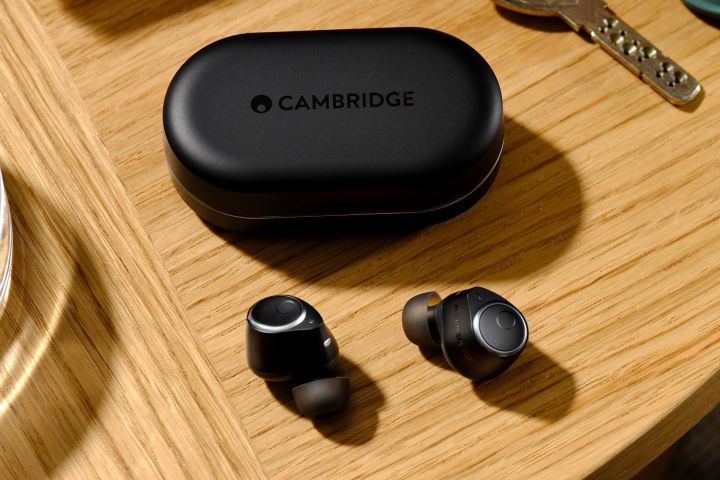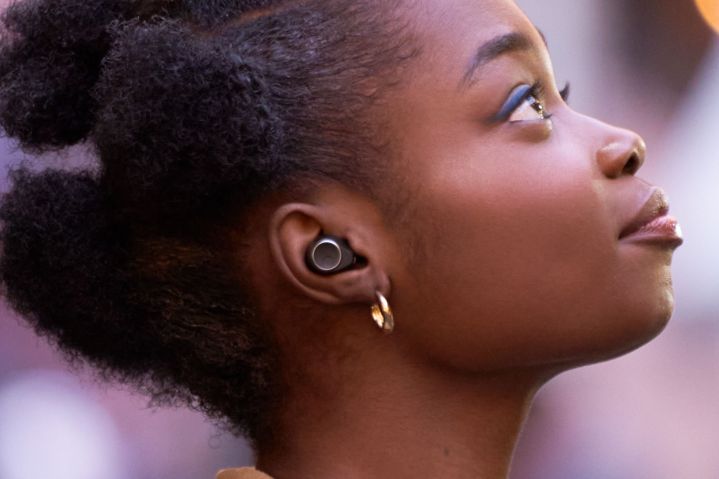Cambridge Audio’s latest Melomania M100 wireless earbuds come equipped with active noise cancellation (ANC), a feature now common in flagship models from various competitors, including Apple’s AirPods Pro. Priced at $219, the Melomania M100 is available starting March 27 on Amazon and other retailers.
In addition to ANC, Cambridge Audio has introduced several other noteworthy features with the M100. The earbuds’ case supports wireless charging, and with Qualcomm’s Snapdragon Sound platform, they can receive lossless CD-quality audio from compatible smartphones, along with high-resolution audio up to 24-bit/96kHz.

Future plans for the M100 include a firmware upgrade to Bluetooth LE Audio, enabling support for Auracast, which will allow users to tune into public Bluetooth broadcasts as this technology becomes more widespread.
Powering the enhanced Bluetooth audio are a set of 10mm drivers — 30% larger than those in the previous model, Melomania Touch. These drivers are supported by class AB amplification, a technology typically found in full-sized hi-fi gear like Cambridge Audio’s amplifiers.

Upon purchase, the M100 comes pre-tuned to deliver the renowned Cambridge sound – transparent and natural. Additionally, the newly developed Melomania Connect app for iOS and Android offers a seven-band equalizer with six presets for greater sound control.
Battery life is a standout feature with Cambridge Audio claiming 10 hours of playtime on a single charge, extendable to 16 hours when ANC is disabled. Combined with the case, this offers up to 52 hours of total battery life before needing a recharge.

The M100 is equipped with IPX4 water protection, suitable for workouts or rainy-day runs. The package includes three sizes of silicone tips and two sizes of memory foam tips for a secure and comfortable fit.
Furthermore, Android and Windows users can leverage Google Fast Pair and Microsoft Swift Pair for quick and easy connections to devices running these systems. Bluetooth Multipoint support enables simultaneous connectivity to two devices.
Editors’ Recommendations


